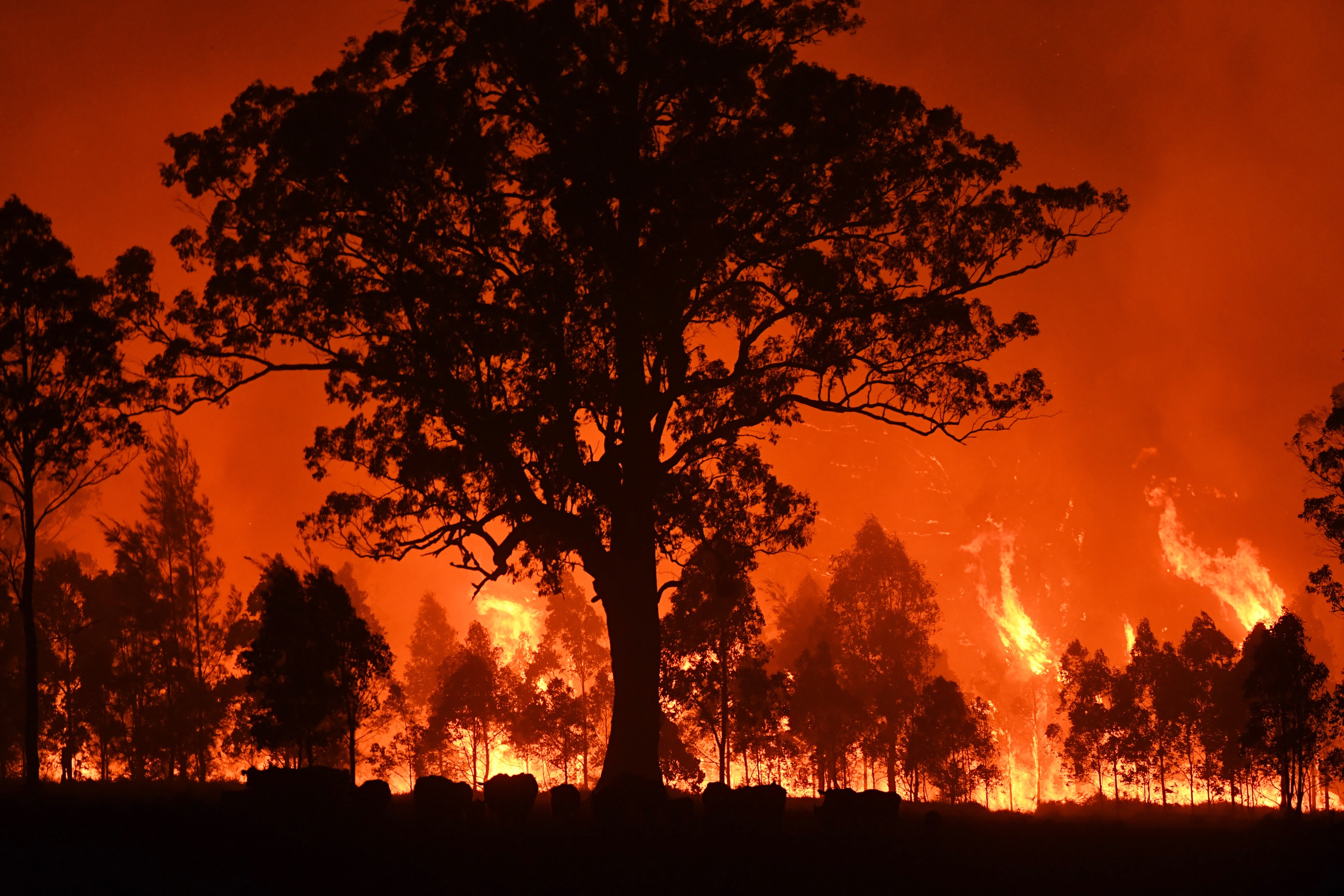Crafting Your Home's Safety and security: A Detailed Bushfire Management Plan Overview
The Value of Bushfire Administration in Fire Protection
In the realm of fire defense, the value of reliable bushfire monitoring can not be downplayed. As neighborhoods worldwide face boosting circumstances of wildfires, the positive method to stop and reducing these natural disasters through critical bushfire administration methods has actually become an important element. Past the instant risk to human life and residential property, the interplay between bushfire monitoring and ecological conservation, neighborhood involvement, and environment modification positions complicated obstacles that need comprehensive remedies.
Relevance of Proactive Bushfire Avoidance
Aggressive bushfire prevention methods are necessary in mitigating the ravaging impacts of wildfires on environments and neighborhoods. One essential element of aggressive bushfire prevention is gas management.
Enlightening the public on fire security practices and promoting community understanding about the relevance of bushfire prevention are vital components of positive techniques. Inevitably, positive bushfire avoidance plays a considerable duty in protecting neighborhoods and environments from the damaging impacts of wildfires.
Duty of Community Involvement in Fire Protection
Engaging the area in fire protection initiatives is essential to boosting the efficiency of proactive bushfire avoidance techniques. Area interaction plays a vital duty in promoting a cumulative understanding of the risks presented by bushfires and the relevance of readiness steps. By entailing local citizens, authorities can share important information on fire safety and security practices, emptying treatments, and early caution systems, empowering individuals to take positive actions to secure their lives and residential properties.
By cultivating a society of readiness and partnership, communities can reinforce their capacity to react efficiently to bushfire emergencies, minimizing the effect on lives and properties. Inevitably, community involvement is a cornerstone of thorough fire security methods, emphasizing the relevance of collective activity in protecting susceptible locations from the threat of bushfires.
Importance of Wild Animals Conservation in Bushfire Management
Conservation of wild animals plays a critical role in effective bushfire monitoring approaches, making certain the security of diverse environments and biodiversity in fire-prone areas. Wildlife conservation is crucial as it adds to the total durability of communities, helping in their capacity to recover and hold up against from the influence of bushfires. By preserving environments and securing different species, the all-natural balance within these environments is maintained, which is necessary for their long-lasting health and wellness and sustainability.
Moreover, wild animals conservation also aids in minimizing the danger and intensity of bushfires. Healthy ecological communities with unspoiled wild animals populaces can serve as natural firebreaks, reducing the spread of fires and restricting their destructive potential (BMP). Certain pet species, like delving pets or birds that spread seeds, play one-of-a-kind roles in stopping fires or aiding in the post-fire regeneration of habitats
Integrating wildlife preservation right into bushfire management techniques is not only essential for protecting biodiversity but likewise for promoting the overall health and durability of communities in the face of increasing fire risks.
Benefits of Strategic Fuel Decrease Programs
Purposefully carrying out fuel reduction programs is crucial in alleviating the danger and impact of bushfires in fire-prone areas. These programs involve controlled burning, mechanical clearing up, and various other methods to lower the quantity of flammable plant life readily available to fuel wildfires. By strategically decreasing fuel loads in vital areas, such as close to domestic areas or important infrastructure, the strength and spread of bushfires can be dramatically lowered.
Among the primary advantages of gas decrease programs is the improvement of overall fire resilience in an ecosystem. By creating critical fuel breaks and decreasing the continuity of vegetation, these programs aid to interrupt the course of a bushfire, making it easier for firemans to consist of and snuff out the blaze. In addition, fuel reduction programs can safeguard biodiversity by stopping exceedingly intense fires that can ravage habitats and endanger wild animals populaces.
Moreover, these programs can likewise safeguard human lives and home by decreasing the risk of disastrous fires that posture a significant threat to communities. Inevitably, tactical fuel reduction programs BAL Report play a crucial role in positive bushfire monitoring and promoting a more secure setting for both site link people and nature.
Effect of Climate Adjustment on Bushfire Danger

Higher temperature levels result in drier plant life, making it more at risk to ignition. Decreased rainfall in certain regions prolongs dry spell conditions, even more increasing the flammability of the landscape. Additionally, the changing climate has actually modified wind patterns and weather, bring about more unpredictable fire habits and quick fire spread.
As the environment proceeds to change, the frequency and strength of bushfires are anticipated to climb, demanding a adaptive and positive technique to bushfire monitoring. Techniques must progress to make up the transforming threat landscape, including climate estimates and thinking about long-lasting durability in fire administration preparation. Addressing the influence of environment adjustment on bushfire threat is essential in establishing efficient techniques to secure lives, home, and the atmosphere.
Conclusion
To my explanation conclude, positive bushfire prevention, neighborhood involvement, wild animals conservation, strategic gas reduction programs, and consideration of environment change are crucial components in reliable fire security. By applying these techniques, we can much better handle bushfire dangers and protect both human lives and the setting. BAL Report. It is imperative that stakeholders interact to prioritize these procedures to reduce the damaging impact of bushfires on areas and environments

As the climate proceeds to transform, the regularity and intensity of bushfires are expected to climb, necessitating a flexible and positive approach to bushfire management.In conclusion, aggressive bushfire prevention, area involvement, wildlife preservation, strategic gas reduction programs, and consideration of environment modification are vital components in reliable fire security.